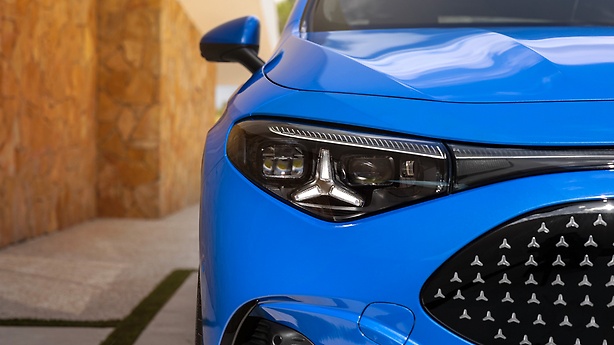Mica is needed to achieve the shimmering effect of vehicle paints. At the same time, the raw material is characterized by its heat resistance, which makes it relevant for vehicle components such as the battery housing. Mercedes-Benz does not source mica directly. However, responsibly sourced and processed raw materials form the basis for a sustainable vehicle fleet. Therefore, using the Human Rights Respect System (HRRS) developed by Mercedes-Benz, work is being done to identify and avoid risks and negative impacts along the supply chain at an early stage. Within the framework of the HRRS, mica was identified as one of the critical materials, as mining in particular poses systemic risks in terms of worker safety and health as well as child labor.
Mercedes-Benz already audited the entire paint supply chain in 2018 - from the mine to the delivery of the vehicle paints to the plants. To verify compliance with human rights standards on site, a team of quality engineers and human rights experts audited three mines and three processing companies within the supply chain in India, among others, according to human rights aspects. The aim of the project was to create transparency across the mica and vehicle paint supply chain in order to uncover potential violations and define corrective measures.
In addition to the review of the paint supply chain, we also see the need to extend our mica raw material assessment to other component supply chains that contain a high proportion of mica. For this reason, two additional components were included in the assessment: the brake pad and the mica mat, which is processed in the battery housing. Here, too, we are in exchange with our suppliers and support them in bringing transparency into the supply chains and fulfilling their due diligence obligations. In addition, we have derived raw material-specific measures for mica to comply with our own due diligence obligations.
On top of that, Mercedes-Benz has joined forces with the NGO Terre des Hommes Netherlands for a project in 2020. The social project with Terre des Hommes strengthens local structures and creates chances for the future by providing children with access to schooling. We have extended the project until 2025. At the same time, Mercedes-Benz joined the Responsible Mica Initiative (RMI) . By joining the Responsible Mica Initiative, Mercedes-Benz supports the goal of completely eliminating child labor and unacceptable working conditions in mica mines by 2030.
,xPosition=0,yPosition=0.5)
,xPosition=0.5,yPosition=0)
,xPosition=0.5,yPosition=0)
,xPosition=0.5,yPosition=0)
,xPosition=0.5,yPosition=0)